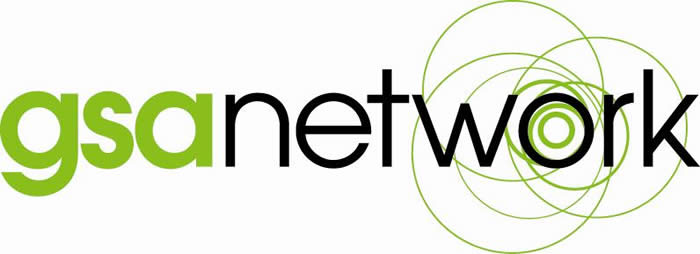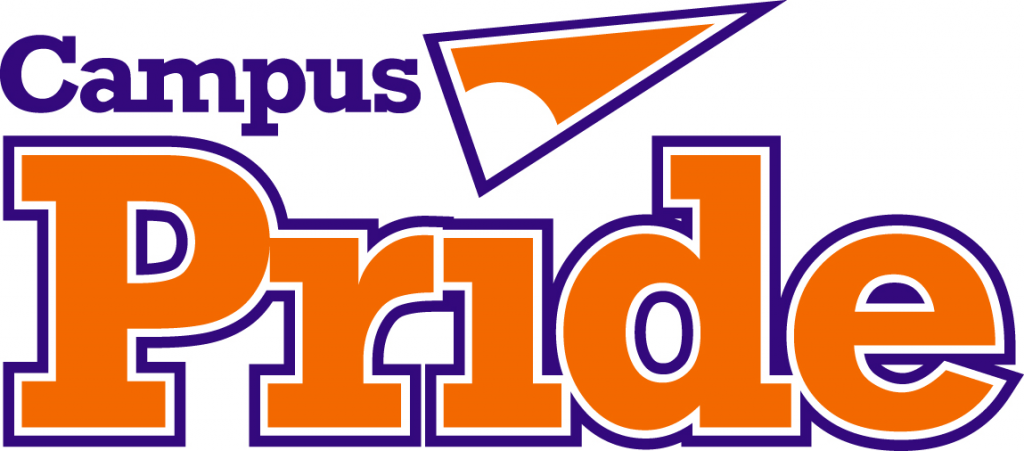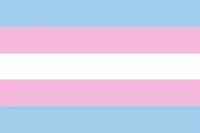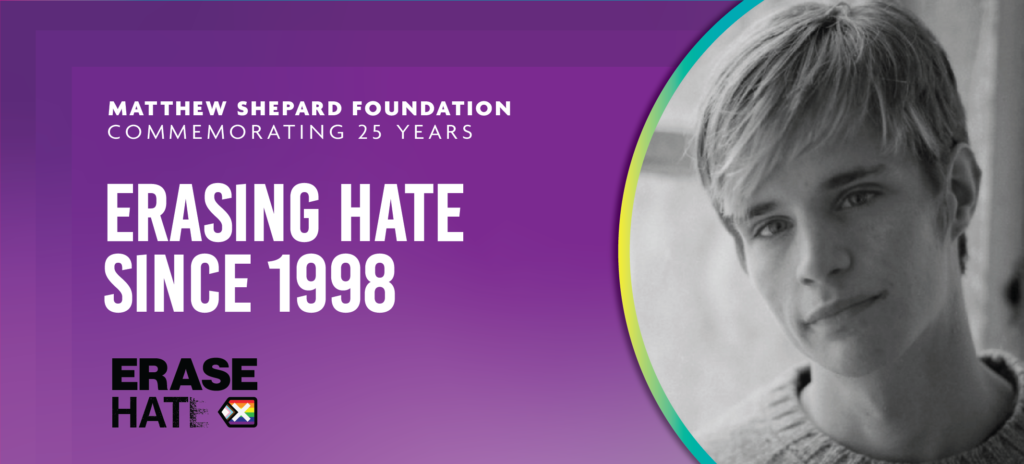Below are some resources to help students either maintain or create a Gay-Straight Alliance (GSA) at their schools.

The Gay, Lesbian & Straight Education Network (GLSEN) strives to assure that each member of every school community is valued and respected regardless of sexual orientation or gender identity/expression. GLSEN seeks to develop school climates where difference is valued for the positive contribution it makes in creating a more vibrant and diverse community.
GLSEN has several extremely helpful resources on their site:
GLSEN has created this resource for new and already-established Gay-Straight Alliances (GSAs) or similar clubs. The resources take you through the process of establishing or re-establishing your group, identifying your mission and goals, and assessing your school’s climate. Jump Start your school and your GSA and create safer schools for all regardless of sexual orientation and gender identity/expression.
The National School Climate Survey is the only national study that for over a decade has consistently examined the experiences of lesbian, gay, bisexual and transgender (LGBT) students in America’s schools.
The Day of Silence is a student-led day of action when concerned students, from middle school to college, take some form of a vow of silence to bring attention to the name-calling, bullying and harassment — in effect, the silencing — experienced by LGBT students and their allies.
Ally Week is a week for students to identify, support and celebrate Allies against anti-LGBT (lesbian, gay, bisexual and transgender) language, bullying and harassment in America’s schools.
(source: glsen.org)

Gay-Straight Alliance Network is a national youth leadership organization that connects school-based Gay-Straight Alliances (GSAs) to each other and community resources through peer support, leadership development, and training.
GSA Network supports young people in starting, strengthening, and sustaining GSAs and builds the capacity of GSAs to:
- Create safe environments in schools for students to support each other and learn about homophobia, transphobia, and other oppressions
- Educate the school community about homophobia, transphobia, gender identity, and sexual orientation issues
- Fight discrimination, harassment, and violence in schools.
(source: gsanetwork.org)

Campus Pride serves LGBT and ally student leaders and campus organizations in the areas of leadership development, support programs and services to create safer, more inclusive LGBT-friendly colleges and universities. It exists to develop, support and give “voice and action” in building future LGBT and ally student leaders.














